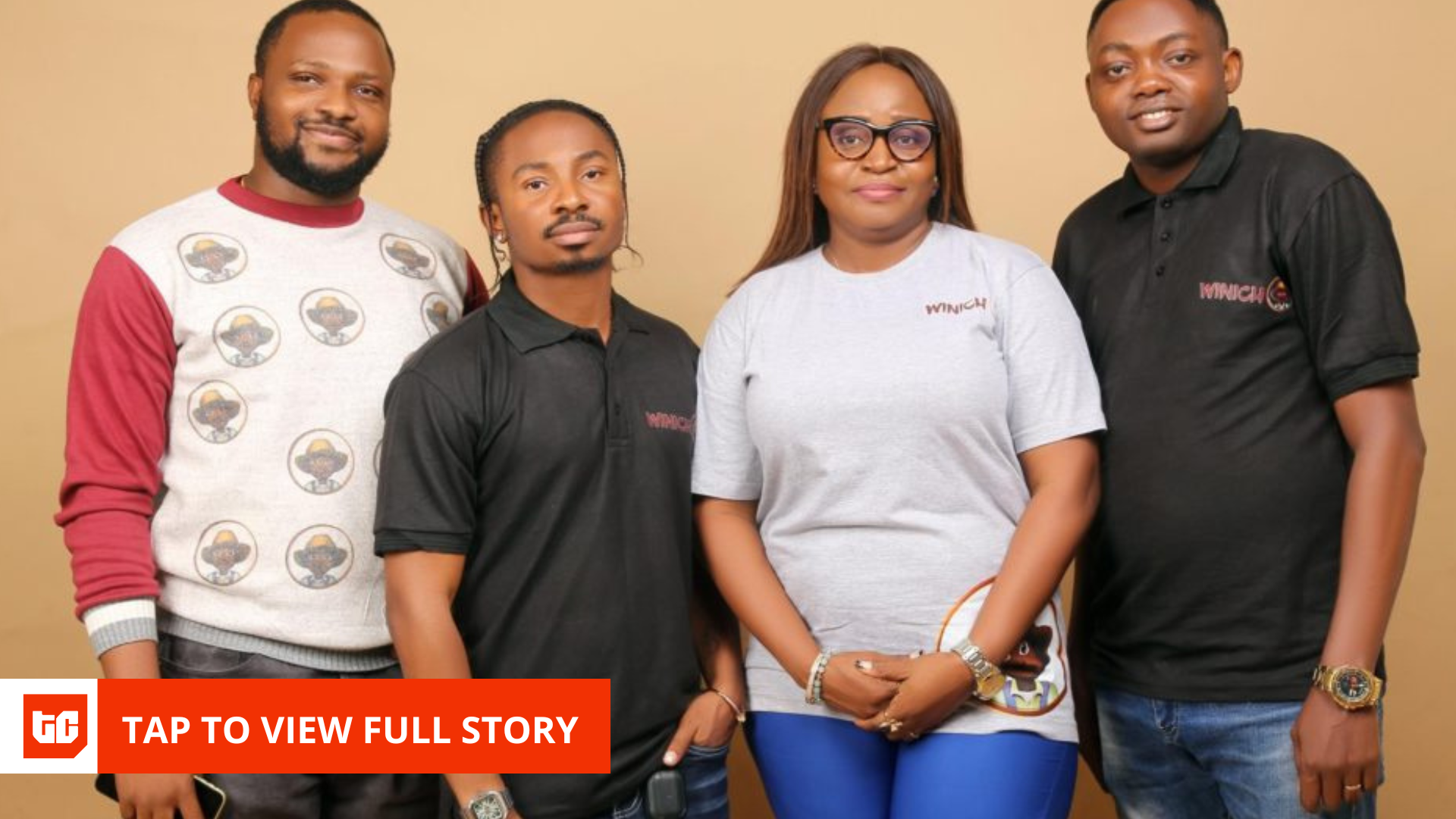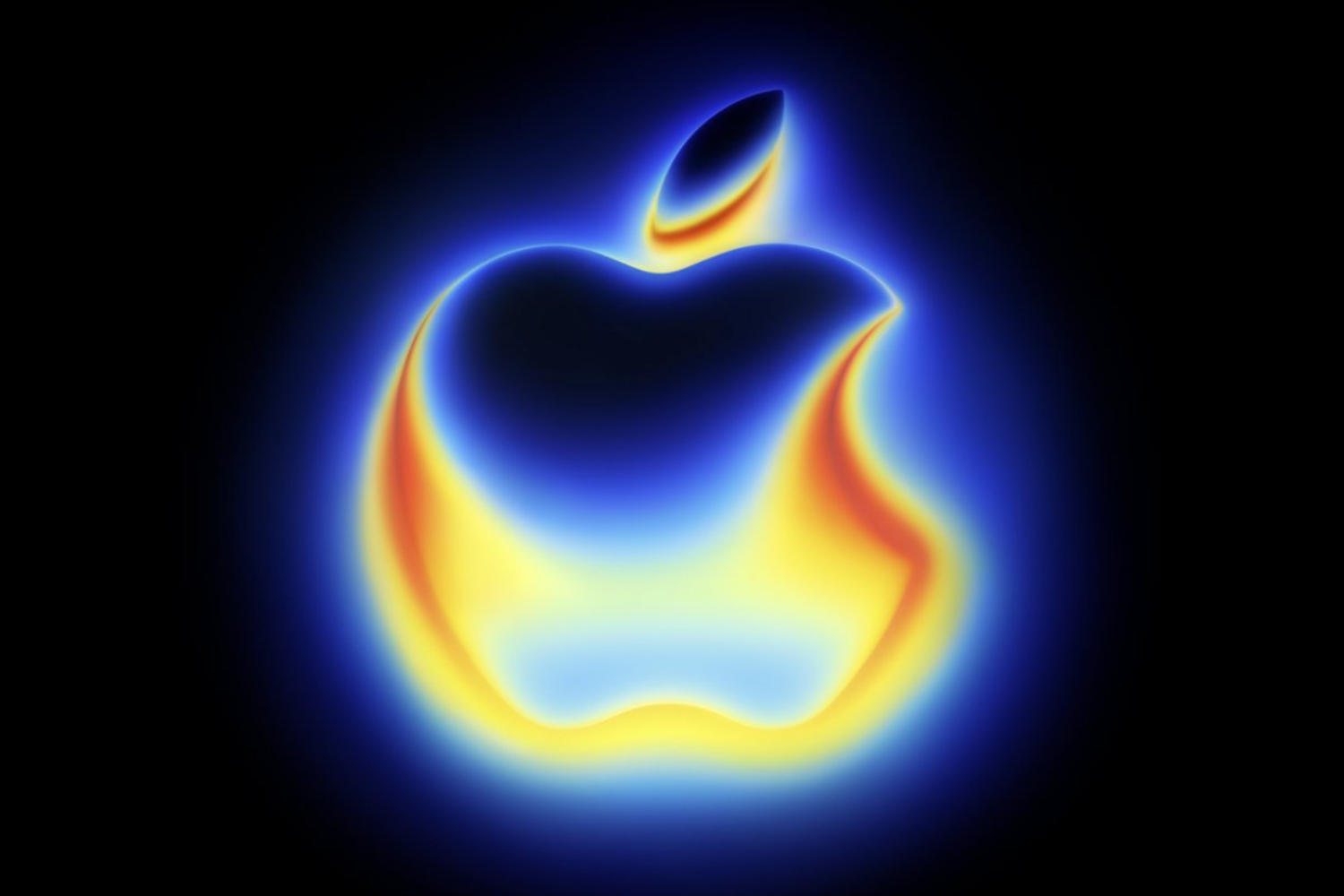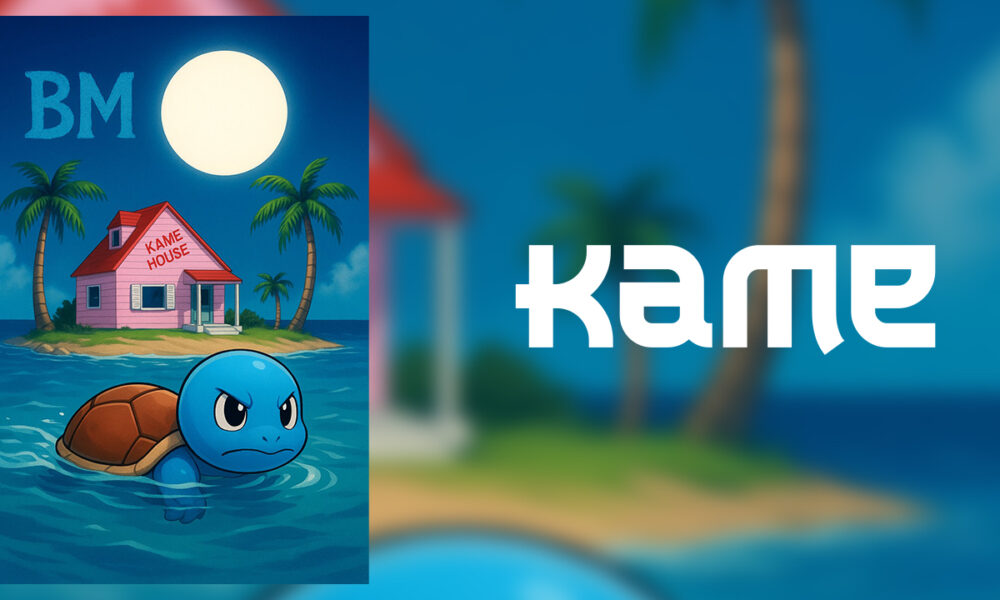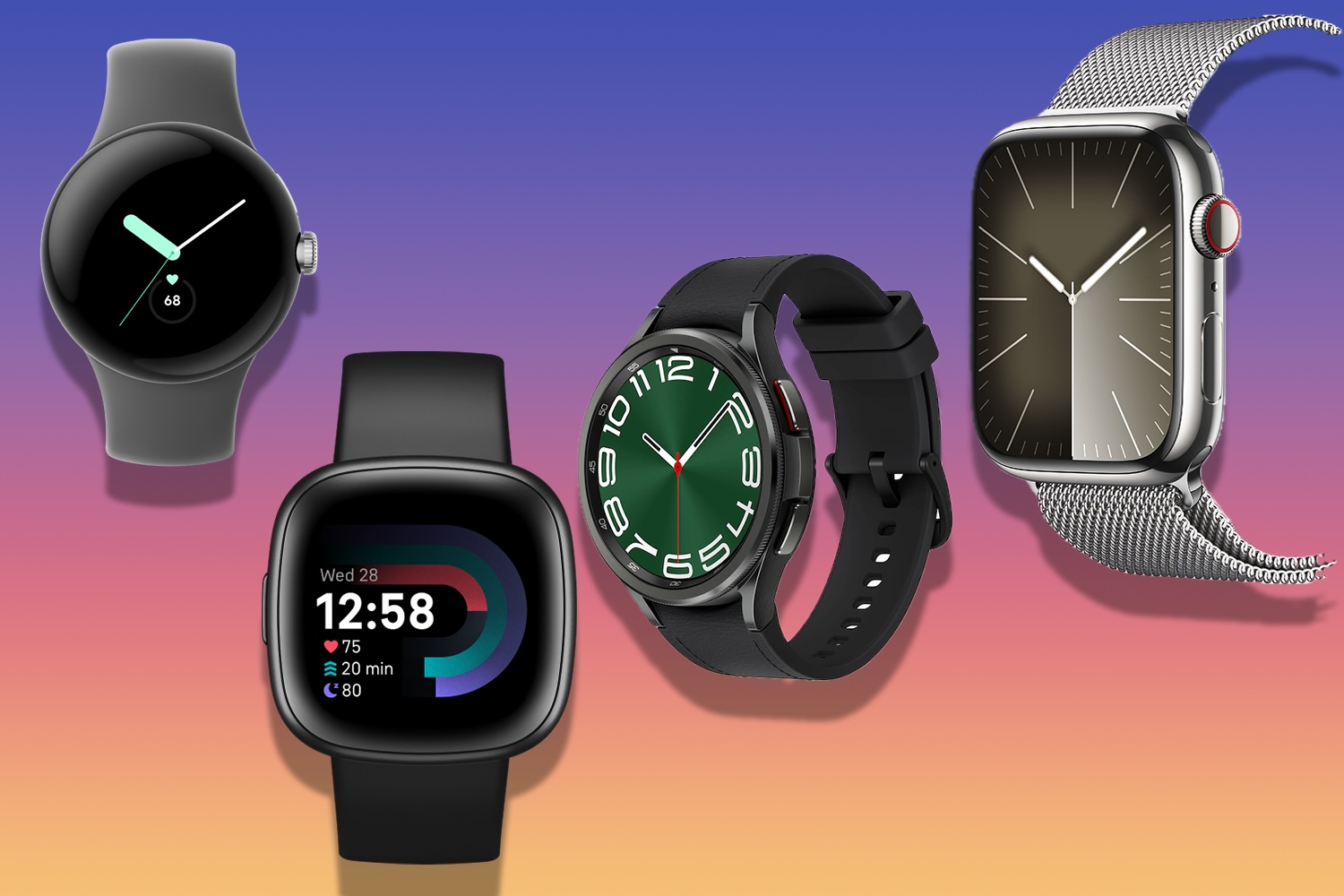ASB became a leader in squash court manufacturing and maintained this position for decades, including a mid-2000s introduction of a new glass-based surface and glass enclosure setup that’s become the standard for squash competitions worldwide.
Christof joined the company to succeed his father as CEO in 2012, and ASB began focusing on LED surfaces. The first such product was a simple floor display called “ASB Multisports” that could switch between markings for various hardcourt sports like basketball, volleyball, and handball. By 2015 the company had also developed “ASB Lumiflex,” the fuller LED display court I dribbled across in Orlando.
The company shifted focus to gaining official approval from FIBA, the world’s governing basketball body, during the Covid-19 pandemic, and it succeeded in 2022 when FIBA changed the rules for official allowable playing surfaces to include glass in addition to traditional wood. ASB’s first official FIBA event was the under-19 Women’s World Cup in 2023.
Recent client installations include European basketball teams Bayern Munich and Panathinaikos, both of which have played all their home games during the 2024-25 season on ASB courts; NBA All-Star Weekend 2024 in Indiana, which utilized ASB for several events including the dunk and three-point contests; the University of Kentucky’s “Big Blue Madness” event in 2024; plus several other pro and collegiate teams or facilities across multiple sports.
Commercial and fan engagement opportunities abound with this technology, which opens the court up as a massive blank canvas. Some of the time, the surface appears just like a traditional parquet playing surface, with realistic images of wood panels. Suddenly, though, it can transform into something else.
When free throws are shot during a basketball game, for instance, most players tend to spend 45 to 60 seconds standing on one side of the court. ASB clients can use the available space on the other side of the floor to, say, show a graphic on the shooter’s free-throw percentage—with an accompanying brand partner’s logo right alongside it.
“This surface has allowed us to completely reimagine how we connect with fans and how we deliver value to our commercial partners,” Thanos Bichtas, head of marketing for Panathinaikos, tells me in an email. “Whether it’s dynamic intros with custom court animations, or live visual effects that react to big plays, we’re now offering a level of visual storytelling that transforms the arena into an interactive experience.
Bichtas says the court has become a high-impact platform for brand visibility. “And crucially, it doesn’t disrupt the fan experience; it enhances it.”
Floor Exercises
On my visit, I was shown a suite of kid-friendly activities that could turn these courts into educational hubs during school hours, from various scale renderings of dinosaurs and sea creatures to a feature that lets kids design mazes to run through. Bichtas says Panathinaikos has already used its ASB court to host a number of events, from brand activations to basketball skill clinics for fans—younger ones especially. Christof, a Go-Kart enthusiast, envisions an entire racetrack setup on one of ASB’s courts in the near future.
“If you look at an arena’s infrastructure, it costs somewhere around 250 to 350 million Euros,” Babinsky says. “If you put our floor in there, that’s just about 1 percent more of the overall budget. But having that floor in there will allow the arena to be used much more often, because suddenly you don’t have an arena used for a home game every two weeks. No, you can have kids in there Monday morning.”











